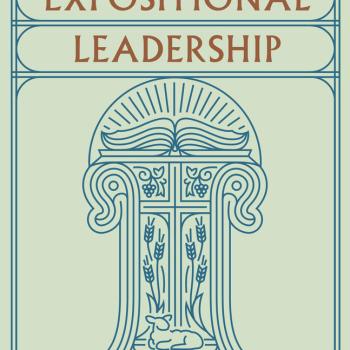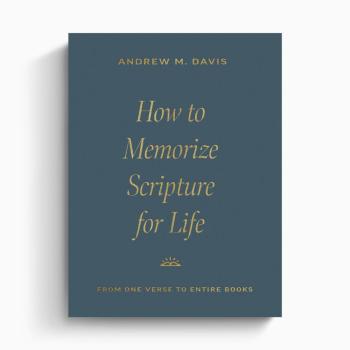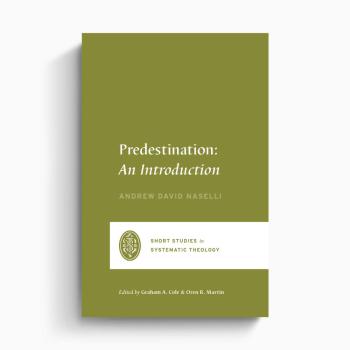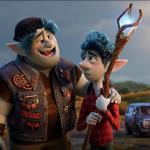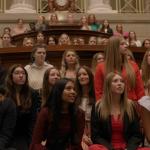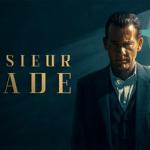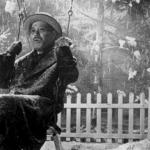Review of Book of the Dun Cow by Walter Wangerin, Jr.
By KENDRICK KUO
Aesop’s fables, Narnia, and Animal Farm, all rolled into one, would produce something similar to Book of the Dun Cow (1978), although Dun Cow is in a league of its own. The book won the the National Book Award (1980), to tell you a little about the caliber of this book; yet it reads like a children’s novel in most respects.
Book of the Dun Cow tells the story of two kingdoms, God’s Keepers, and the evil Wyrm. The two kingdoms are the kingdom of Chauntecleer and of Senex. Chauntecleer is a rooster and the hero of our tale–loved by his fellow animals, he rules from his barnyard and sustains the created order by his clock-like cockadoodledoos. Senex is also a rooster, but in his old age, without an heir, he listens to the fork-tongued lies of the Wyrm and lays an egg, which, when hatches, spawns Cockatrice, a monster with the head of a rooster, but the body of a dragon. Cockatrice is the heir of Senex and begins breeding with the hens, but their offspring are basilisks.
God’s Keepers are the animals ruled over by Chauntecleer and others that roam this Ptolemaic world (little do they know it) whose purpose is to safeguard the world from the evil that slithers in the dark depths of the underearth. And the Wyrm, why, he’s the ancient serpent of biblical proportions, whose goal is to break free and take control of the animal kingdom.
When Kevin DeYoung called Book of the Dun Cow his favorite book back in 2011, it was the first time I had heard of it. And when I told people I was reading it, the usual response was, “Never heard of it.” This is a sad state of affairs and I encourage our readers to rectify this ignorance. I don’t intend to explain the plot or tell more than I have to to whet your appetites.
As an extended fable situated in a medieval worldview, the book is filled to the brim with rich symbolism and archetypal characters of courage, humility, vice, and cowardice. I cannot praise enough the sheer beauty of the novel. Coming from a medieval background, the characters in the book self-consciously are in a created order instituted by a personal God where each animal plays their appointed role. There is a rooster king that keeps the time by cawing at set hours and is the First Defender of the kingdom.
Unlike most novels with a Christian background that allude to God, Chauntecleer prays to God a number of times, asking for help, and at one point even blames God for his painful suffering. Other characters speak of God as personally at work in their lives. The author, Walter Wangerin, allows his animals to be self-consciously in a God-ordered creation and hierarchy. And evil arrives hand-in-hand with the interruption of the appointed order of things; and not only that, but a ghastly, abnormal interruption. Reading Senex’s demise with the birth of Cockatrice left me feeling disturbed by the unnaturalness of it all.
Despite the book’s simplicity, there are many layers that could be analyzed and re-analyzed. The novel can be analyzed at university-level English classes–for example, look at Felicity Thoet’s teacher’s guide. So I in no way want to produce a review that analyzes Book of the Dun Cow, but instead, I want to share with you an appreciation of it. The book is more to be tasted than interpreted.
Book of the Dun Cow allows us to step into a world that has an Edenic innocence. God is present in a deeply personal way through the medium of his governance. Authority is exercised well (at least in Chauntecleer’s kingdom) and reflects the good created order. And yet there is evil lurking that must be kept at bay. God does not parade onto the scene, but instead his Keepers must do battle with the enemy; yet God is not absent, he sends a messenger in the Dun Cow. And with that ambiguous note, I’ll leave you to pick up a cheap copy and start reading. You won’t regret it.



